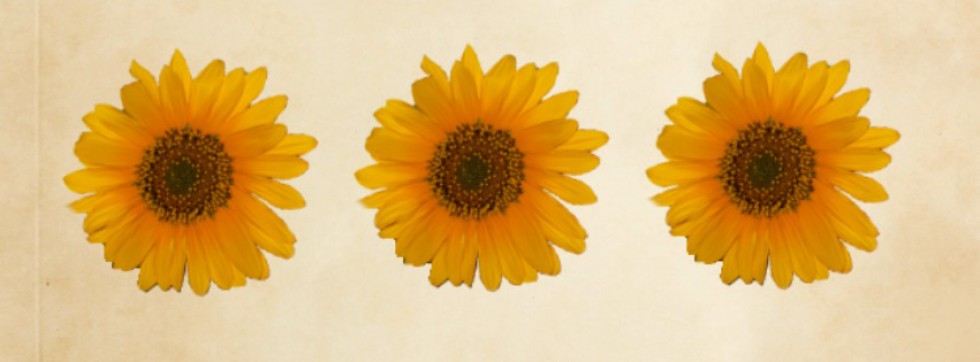We’re following the Outdoor Hour Challenge for our nature study schedule this term, and the suggested topic for the month of March is moss, lichen, and fungi. Since we’ve already studied lichen and fungi , we decided to focus on moss.
It just so happens that we are on the moss chapter in our Exploring Creation with Botany science book this week, so the timing couldn’t have been better.
I tried something new for our nature journals this time. After I had read the selection on moss from the Handbook of Nature Study and very briefly introduced the topic to the kids, I asked them to get their nature journals and a pencil, because we were going to play a little “game.” (See this post for how we do nature study in our homeschool.)
I read the description of the moss life cycle directly from page 711 in the Handbook. As I read, very slowly, allowing time for them to visualize what I was reading, they illustrated what they imagined a diagram of the moss cycle to be. The challenging part was. . . they had no diagram to look off of, only words describing the life cycle of moss.
I think it was a bit too much of a challenge for my 7-year-old, so I just let him sit out (and picture it in his mind’s eye ). My 12, 10, and 9 year olds accepted the challenge and ran with it. After they finished drawing, I showed them an official diagram. They really did amazingly well at translating words into pictures!
Then for our walk, we headed back to a little pond in one of our fields surrounded by brush, trees, and . . . moss! Before we went out, we looked up images of the different types of moss in order to identify them. Identifying moss proved to be more difficult than I expected. Here are some pictures of what we found:
Do you know what kinds these are? I’d love to learn the names if you can tell me!
The girls LOVED arranging the moss into our terrarium, which is just a recycled (huge!) container of animal crackers from Costco. We brought home so much moss, that we had enough to make several little dish gardens as well.
Moss is naturally appealing to kids, isn’t it? It’s softness and unique “foliage” make it fun to feel and explore.
Here are some of the things we learned about moss from our study and observations:
- Moss doesn’t have roots, stems, or leaves, because it is non-vascular. This means it has no “tubes” to transport water throughout the plant, but instead it absorbs moisture from its surroundings. That moisture then spreads through the plant in much the same way that water spreads through a paper towel.
- Because of the way it absorbs moisture, it is usually found in shady, damp places, and doesn’t grow very tall.
- It reproduces by spores, not by seeds.
- The stalks with little wheat-like heads grow only from the fertilized female plant. The head, or capsule at the top of the stalk contains the spores.
- Mosses can stay alive even in dry conditions. Without much water they will turn brown or yellow and appear dead. Once they receive rain again, however, they will start doing photosynthesis and turn lush and green.
Quartz Find
Here are some bonus pictures that don’t really have to do with our moss study. We discovered a lot of quartz around this pond as well as moss. (My kids call it “Crystal Pond.”) Here are my youngest and oldest . . . the biggest enthusiasts of finding quartz. Carmen (3) thought the best part was throwing the rocks in the pond, but Allison (12) was intent on finding the prettiest crystals she could.
And here is our prize. A huge rock with all these beautiful quartz crystals imbedded in it. Allison loved it so much, she took it home, cleaned it up, put felt on the bottom of it, and set it on her bedroom floor beside her dresser!
 Read about how we used our moss terrarium for a salamander habitat here!
Read about how we used our moss terrarium for a salamander habitat here!










![DSCN0588[1]](https://happilyoccupiedhomebodies.files.wordpress.com/2013/03/dscn05881.jpg?w=364&h=273)

![FSCN0599[1]](https://happilyoccupiedhomebodies.files.wordpress.com/2013/03/fscn05991.jpg?w=298&h=223)







Thank you for these wonderful ideas!
Awesome activity! And the “moss arrangements” are so fun and adorable! You’re such a great mom-teacher!
Thanks. Nature Study is pure fun to me. 🙂
You found some wonderful moss species … love the diversity. 🙂
I was amazed at just how many varieties there are right under our feet. I never really noticed the variety until this study.
What gorgeous moss images! Love the different colors and textures. Thank you so much for sharing your work with the OHC Carnival.
And thank you for heading up the blog carnival. I love seeing how other homeschoolers are doing nature study. It helps to keep me going!
Love this! My kids and I do nature walks as part of our homeschooling. I would like to do a study on edible plants found in nature this year. That would be fun.
That sounds like a fantastic idea for a nature study. There have been times during our study of various nature subjects that I’ve run across information on how a certain wildflower, weed, or tree was used in the past for health or medicinal purposes. That kind of thing intrigues me. I’d love to know what you learn from your study!
Hi! Someone in my Facebook group public this site with us hence I came to ensure it absent. I’m positively loving the innfimatroo. I’m bookmarking and will be twittering this to my followers! Outstanding blog and terrific design.